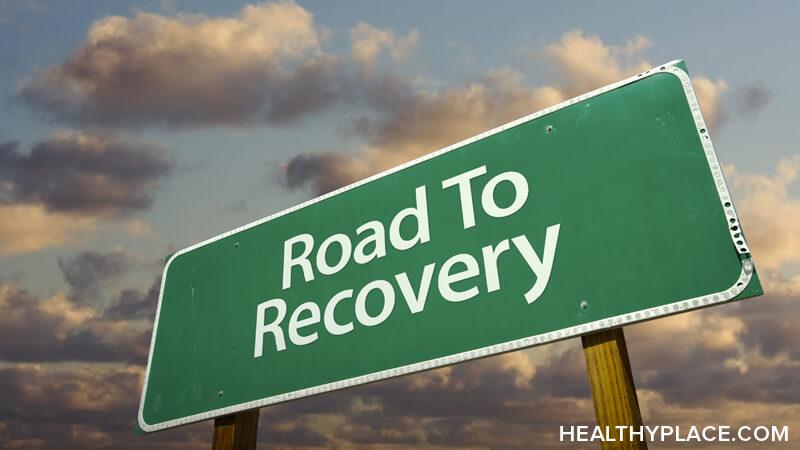How to Make Self-Injury Recovery Last

There are several milestones leading up to the early stages of self-injury recovery. First, is the recognition of the problem. Second, is the recognition of wanting to do something about the problem. Third, is actually taking action to address the problem. Fourth, is arriving, finally, to a point at which what you have gained from your efforts to recover from self-injury outweigh the problem of self-harm itself.
Arriving at this point is a huge accomplishment. It might have taken months or even years to get there, with many backslides in between.
But now comes the tricky part. Getting to the early stages of self-injury recovery takes pure grit. Sustaining that recovery, however, can take a bit more finessing.
The Keys to Lasting Self-Injury Recovery
- Establish some mechanism of accountability. Whenever people suggested I find an “accountability partner” to help me in my self-injury recovery, my mind automatically jumped to the person I most trusted, felt closest to, and who I knew would love and support me no matter what, but it never worked. I have found that the best person to keep me accountable was not the one who I knew would coddle me if I slipped up, but the person who I was most afraid of revealing my slip-up to. It is a delicate balance between someone who you are afraid of disappointing and someone you are not too afraid to hide from.
- Create a contingency plan for high-stress situations. Managing your thoughts and urges on a day-to-day basis will become easier with time. It is in moments of intense stress and anxiety that these thoughts and urges will feel harder to manage, as your mind desperately searches for a familiar relief. These are the situations you need to prepare for. This contingency plan will look different for everyone. You know yourself better than anyone and if you lie to yourself about what would work best for you, you are only hurting yourself.
- Be prepared for relapse. Just as you need a contingency plan for high-stress situations, you should also prepare a contingency plan in the case of relapse. This is not a defeatist attitude. It is a proactive and responsible one that puts you in charge of your recovery. It is self-empowerment. To deny even the possibility of a relapse is delusional.
- Have a life outside of recovery. Doing all of the things described above takes a lot of time, energy, and effort. You may find yourself in a managerial role of sorts, overseeing your recovery and constantly re-evaluating its projection. It is important to begin cultivating interests and hobbies and relationships that suffered while you were in the throes of self-harm. Leaving self-harm behind undoubtedly left a large hole in your life and it is important that you fill it with whatever is most meaningful to you.
- Always make the choice to never go back. Whatever difficulty you are faced with — even if that difficulty is relapse — never let your commitment to recovery waver. A life in self-injury recovery is the ultimate goal, and an ongoing one. As long as you never lose sight of that goal, your life will keep moving in that direction, whatever else happens.
APA Reference
Chang, K.
(2018, June 27). How to Make Self-Injury Recovery Last, HealthyPlace. Retrieved
on 2025, November 30 from https://www.healthyplace.com/blogs/speakingoutaboutselfinjury/2018/6/how-to-make-self-injury-recovery-last